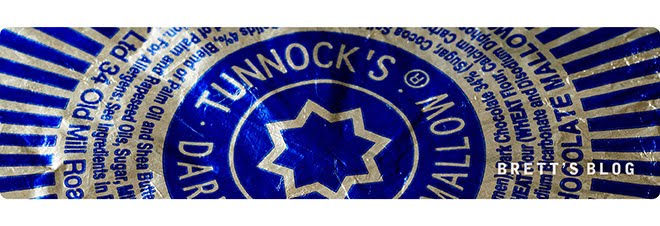
Gizmodo has published an excellent article on the current limitations of 3D printing. The whole article is worth reading, but for the time/attention deficient, snippets follow:
"The main issue lies with raised expectations, build quality, price and usability."
"3D printed parts are not as strong as traditionally-manufactured parts.In something like injection moulding, you have a very even strength across the part, as the material is of a relatively consistent material structure. In 3D printing, you are building it in layers — this means that it has laminate weaknesses as the layers don’t bond as well in the Z axis as they do in the X and Y plane."
"Surface finish: People hear you can print in plastic, so they visualise a plastic item [that is] glossy and smooth. They don’t visualise a matt finish with rough layer lines all over."
"Cost is based on material used, so big things are expensive, and small things are cheap. That’s it. There is no economy of scale, so if one item is $1, a thousand items are $1000. Producing anything in bulk that is bigger than your fist is a waste of time."
"Items regularly take hours to print, even days. The notion of ‘but it’ll get faster in the future’ is not necessarily true, as we are limited by the chemical properties of materials such as ABS and PLY — these materials can only be extruded so fast, and at such a rate before you start to destroy the properties of the part."
"To print something, you need a CAD model. Getting that is hard. Really hard. When you write a letter, you don’t just click ‘print,’ do you? You have to actually type it and check it for mistakes. Now this is the same for 3D printing, but a million items harder."
"A great analogy I once read was the comparison of 3D printers to the bread making machine. In the '90s, bread makers suddenly became affordable and everyone got one; they then went and spent $4-7 on the ingredients. They followed the instructions and left the bread cooking overnight. In the morning they came down to the wonderful smell of freshly cooked bread. They smugly sat eating their bread thinking "this is the best loaf of bread ever". Two weeks later the bread machine is in the cupboard and they’ve gone back to buying their carbs from the shop. I’d say that 99 per cent of the population would rather go out and buy a loaf of bread for $1, rather than making one for $3, despite it being more rewarding."
"3D printing will continue to grow in areas like the prototyping market, low-volume production runs (on very high-end machines), medical, aerospace — the list goes on. But as an everyday household object? I’m not convinced."
------------

No comments:
Post a Comment